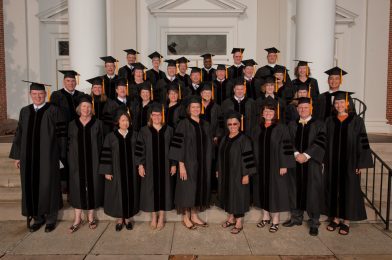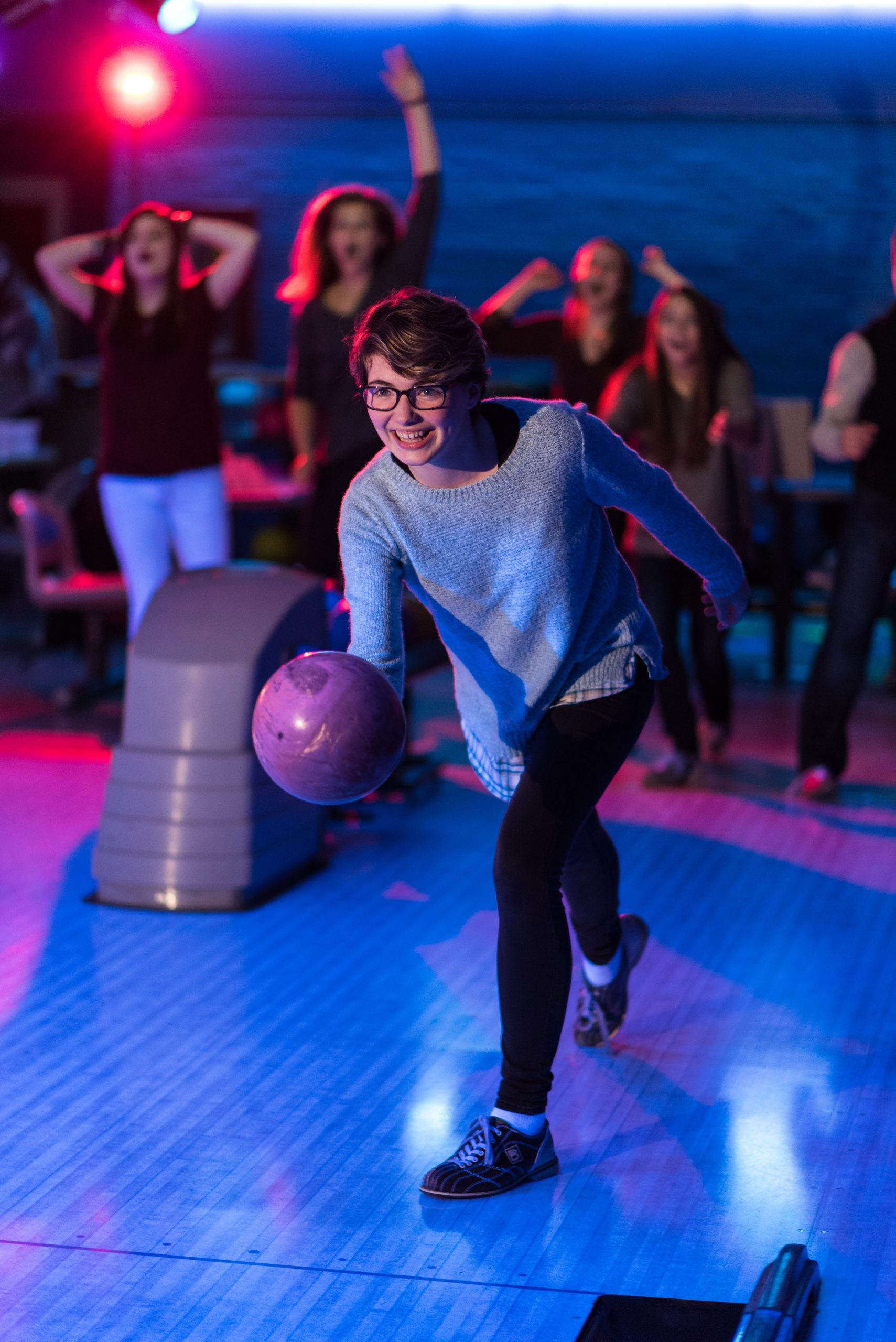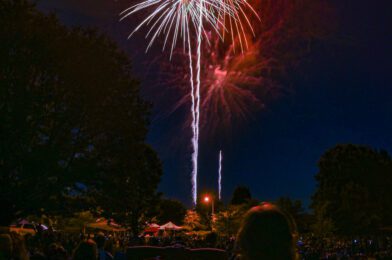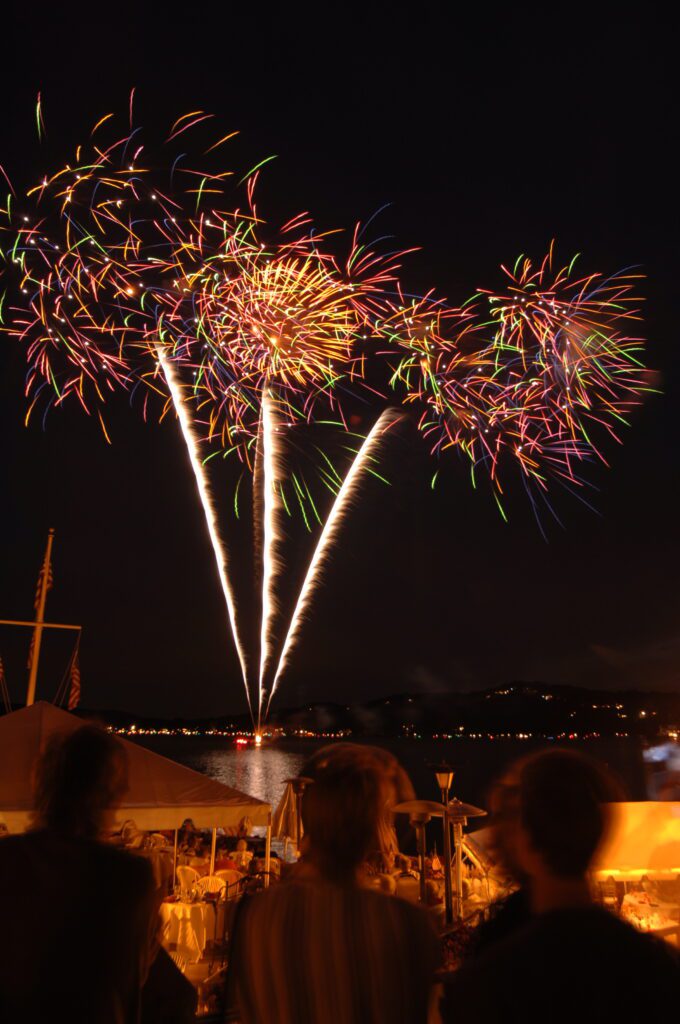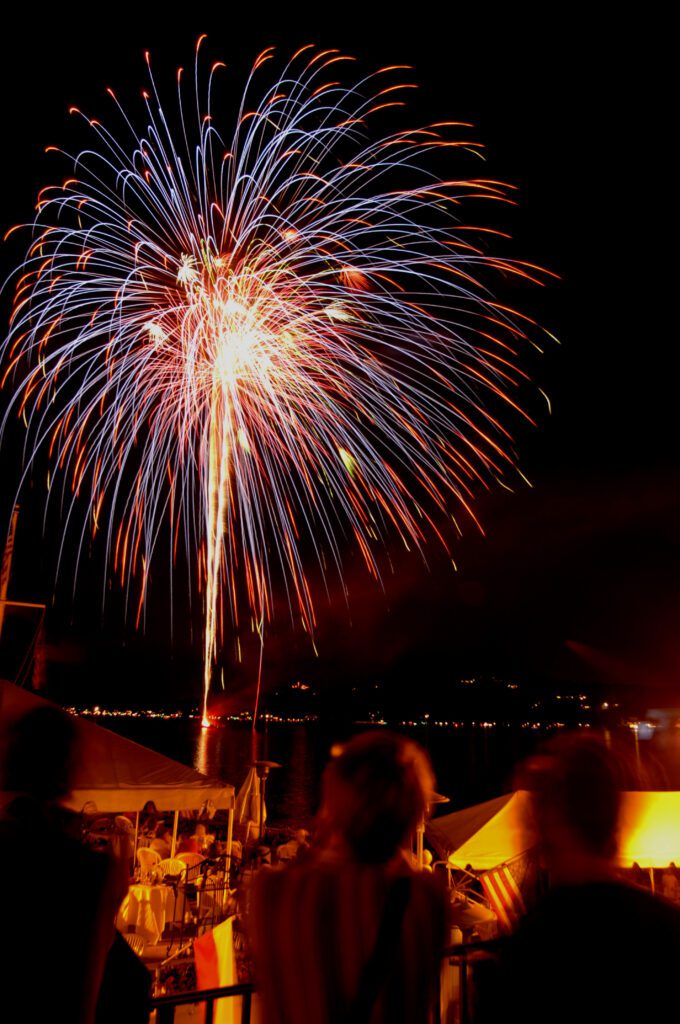| Nikon D3, 14-24mm, ISO 200, ƒ/14, 1/250 [Lighting Diagram below] |
Using a flash outside can give your photos the pop you need to improve photos.
Now I often get asked to take group photos, and even with some sunlight facing the subject, I find that the shadows under the eyes and sometimes from people’s heads cast a shadow on another person. So I prefer to add strobes to take the quality up a notch.
There were clouds also in the sky, but the software for the diagram didn’t have that as a choice.
Since there were clouds, the people were not squinting, and the flash popped in so quickly that I got some pretty decent expressions.
To me, the most significant change is in those black robes. Anytime I use to flash the shadow to highlight, the difference is minimal. So while it looks like a more excellent dynamic range, it is the opposite. The strobes help fill in the shadows and bring the exposure closer to a four or five-stop content rather than the ten stops often in daylight scenes outside.

